 MidJourney
MidJourney
Long before modern influencers posed with their pups for the ‘gram, royals and nobles were setting the trend by surrounding themselves with dogs of exquisite taste, charm, and usefulness. These weren’t just pets—they were status symbols, diplomatic gifts, and companions of courts and castles. Some guarded estates, others warmed royal feet under velvet robes, and a few were the four-legged version of a tiara. These breeds walked marbled halls, attended royal portraits, and occasionally helped with a little hunting between banquets.
Cavalier King Charles Spaniel
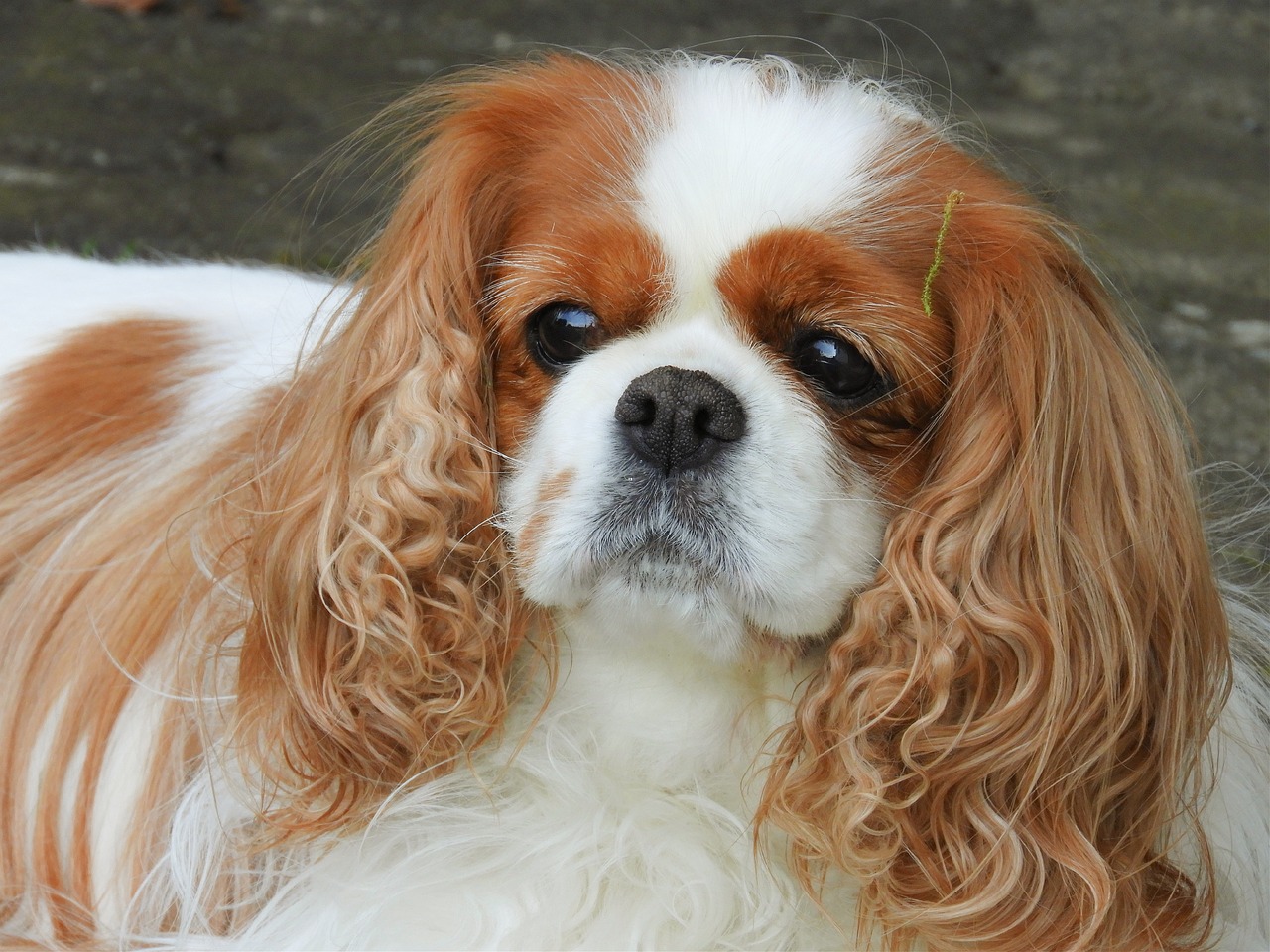 Shutterstock
Shutterstock
With a name that includes “King,” the Cavalier King Charles Spaniel practically oozes royal lineage. Named after King Charles II of England—who was famously obsessed with the breed—these little spaniels were known to follow nobles everywhere, including into bed and even royal meetings. They’re the embodiment of elegance, with their silky coats, expressive eyes, and affectionate temperaments. During the 17th century, it was said that no court was complete without a few Cavaliers lounging around, ready to accept a belly rub or pose regally for a portrait. Bonus points: they also doubled as tiny foot warmers in drafty castles.
Saluki
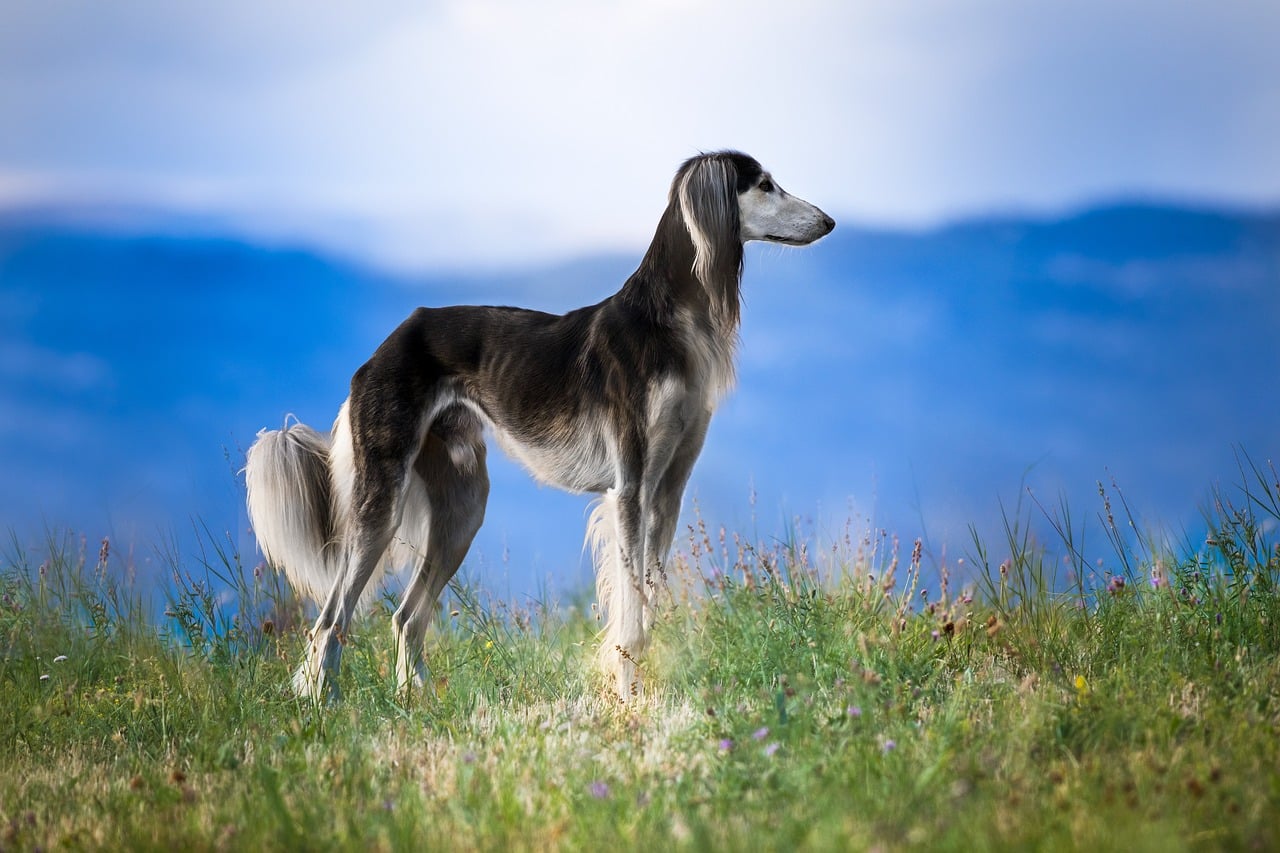 Shutterstock
Shutterstock
Known as the “Royal Dog of Egypt,” the Saluki has one of the oldest aristocratic pedigrees around—literally. These sleek, graceful hounds were once so revered in the Middle East that they were mummified alongside pharaohs. With their slender frames, feathered ears, and aloof charm, Salukis are the runway models of ancient nobility. They were treasured for their hunting skills and majestic presence, often running beside nobles through desert landscapes. If a dog could glide, the Saluki would float down marble stairs like royalty returning from a divine appointment.
Pekingese
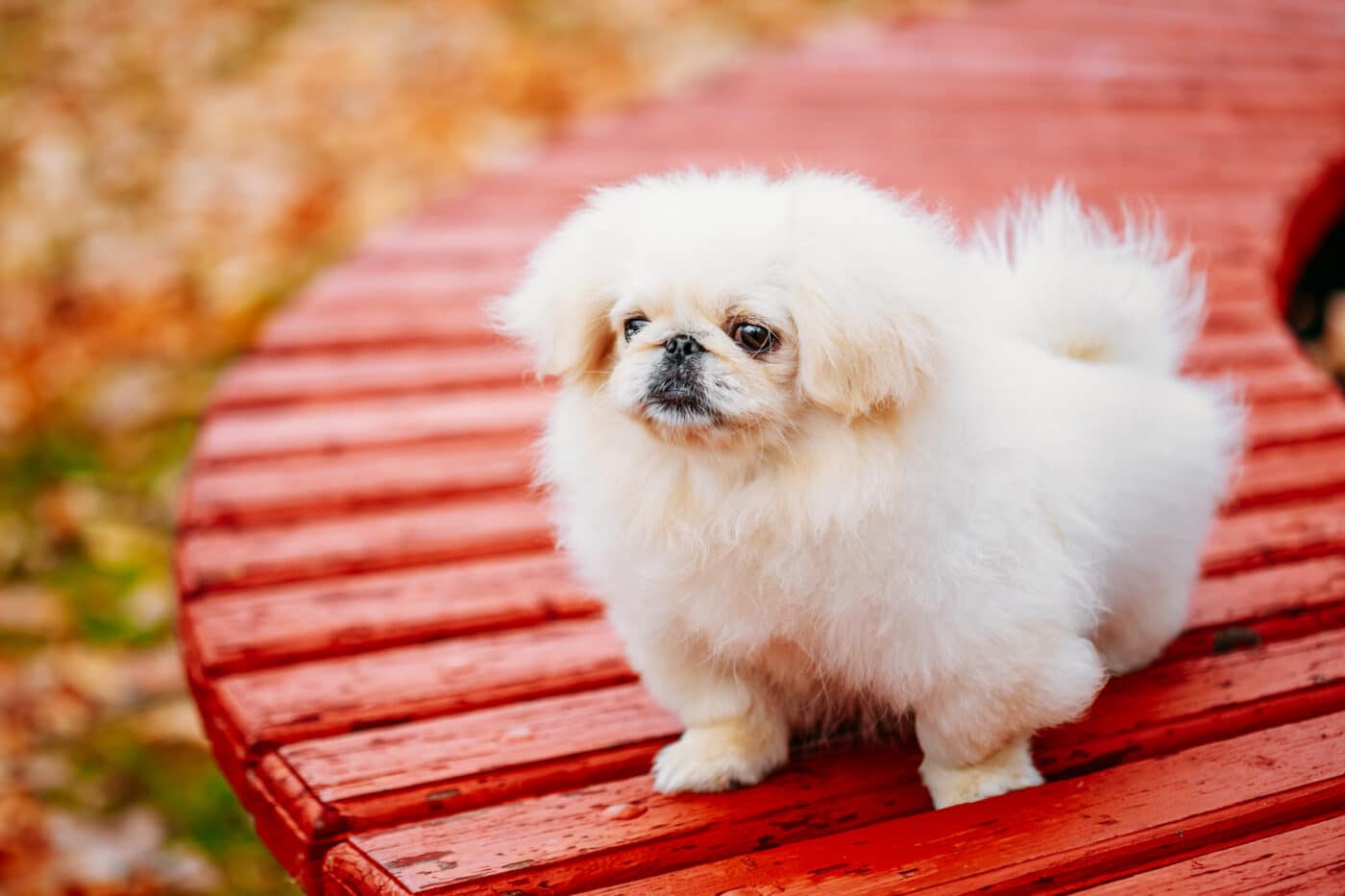 Shutterstock
Shutterstock
Bred exclusively to be companions to Chinese emperors, the Pekingese were once so sacred that commoners had to bow to them in the Forbidden City. These compact, lion-like dogs were symbols of power and were believed to embody the spirit of the mythical Foo dog. They were carried in the sleeves of royal robes and pampered beyond belief—probably the only dogs who expected incense with their kibble. Their proud, self-important strut makes it clear: they haven’t forgotten their divine roots. And yes, they’d like you to address them with the respect they were born into.
Borzoi
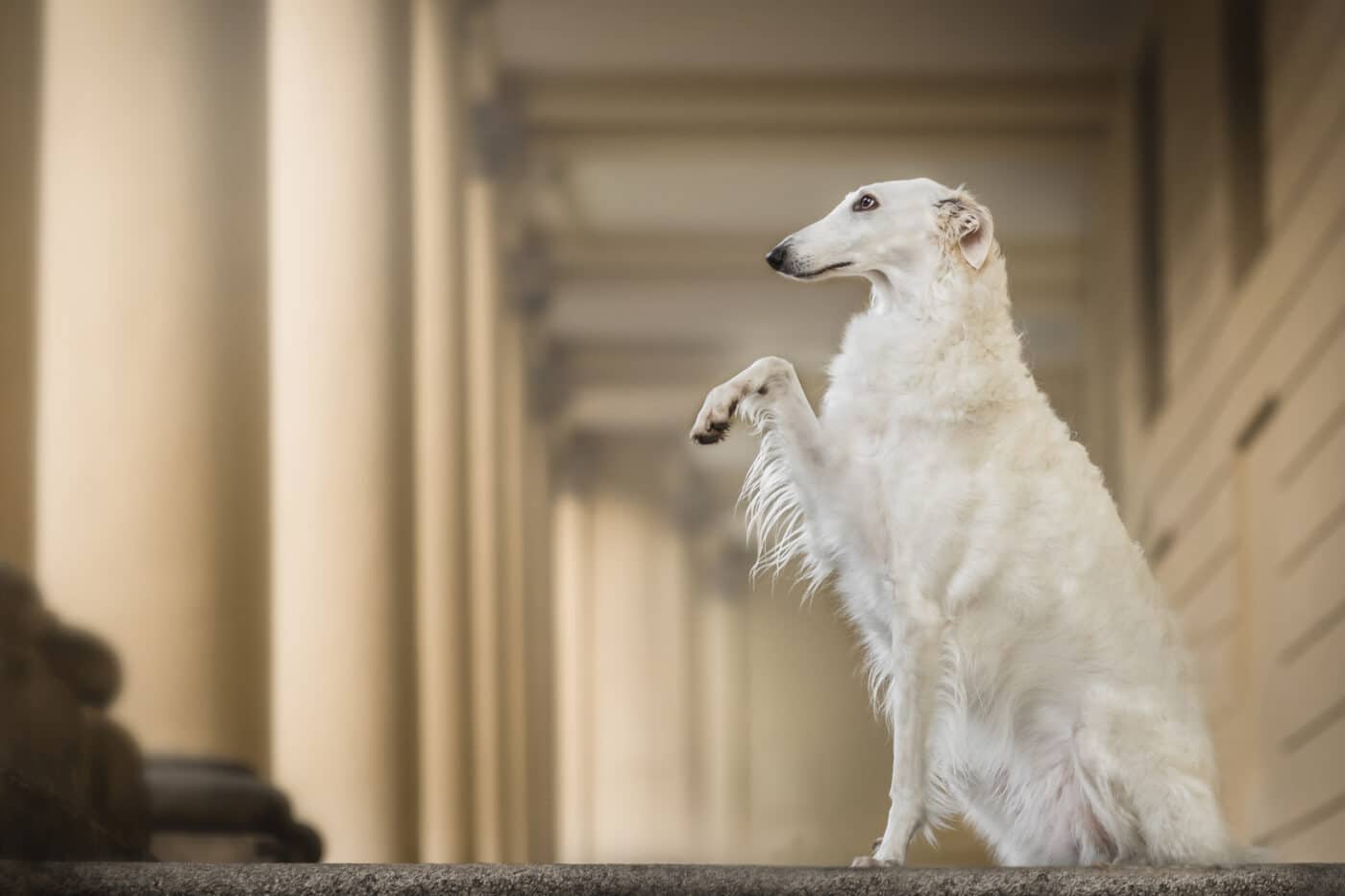 Shutterstock
Shutterstock
Once called the Russian Wolfhound, the Borzoi was a favorite of the Russian aristocracy, particularly the Romanovs. These tall, elegant sighthounds were bred to chase wolves but always returned to palace life like runway royalty. Their long, graceful frames, silky coats, and noble expressions made them favorite subjects in grand oil paintings. They’re equal parts power and poise, gliding through halls as if they own every rug they step on. One look into their soulful eyes and you just know they’ve read Tolstoy and silently judged your book choices.
Papillon
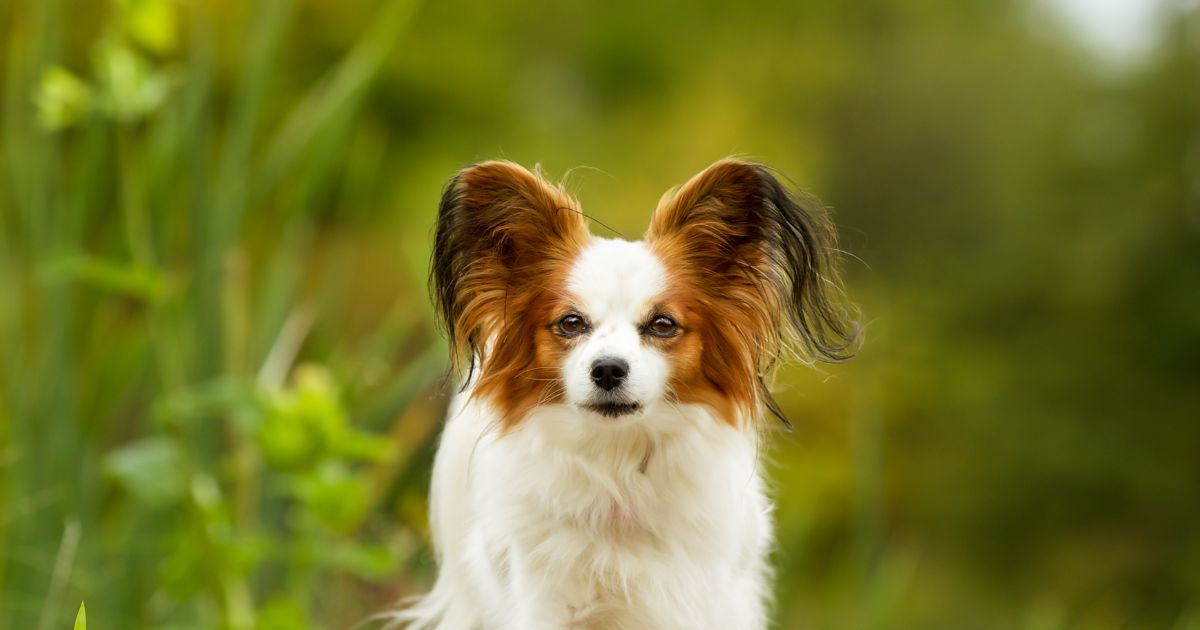 Shutterstock
Shutterstock
With their signature butterfly-like ears and dainty charm, Papillons were favorites of European royals, especially in France. Marie Antoinette reportedly adored her Papillon so much she took it with her to prison before her execution. Featured in countless classical paintings beside queens and duchesses, these little dogs were adored for their cleverness and ability to learn tricks—making them the perfect court entertainers. Despite their small size, Papillons carry themselves with the confidence of a Great Dane in designer boots. They’re here for the fanfare and fully expect their chair at afternoon tea.
Pharaoh Hound
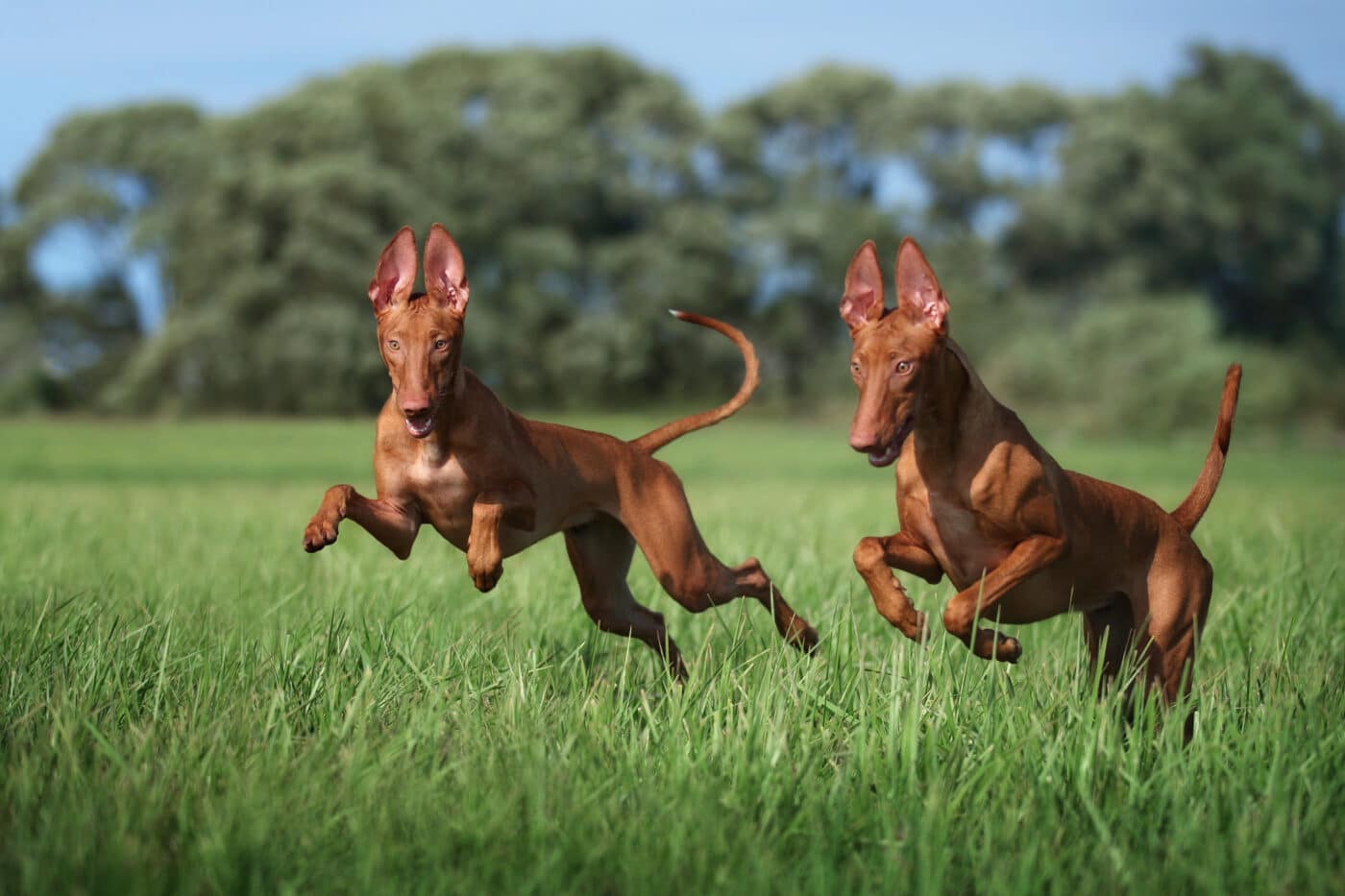 Shutterstock
Shutterstock
Despite the misleading name (they’re Maltese), Pharaoh Hounds have long been associated with ancient Egyptian nobility. Their statuesque build, regal bearing, and amber eyes give them the aura of a dog who once guarded ancient temples—or at least pretended to. They were bred to hunt but are just as happy lounging like royalty, emitting an air of quiet superiority. Known to “blush” when excited, they’re possibly the only dog with a built-in reaction shot, which is very on-brand for aristocratic flair.
Lhasa Apso
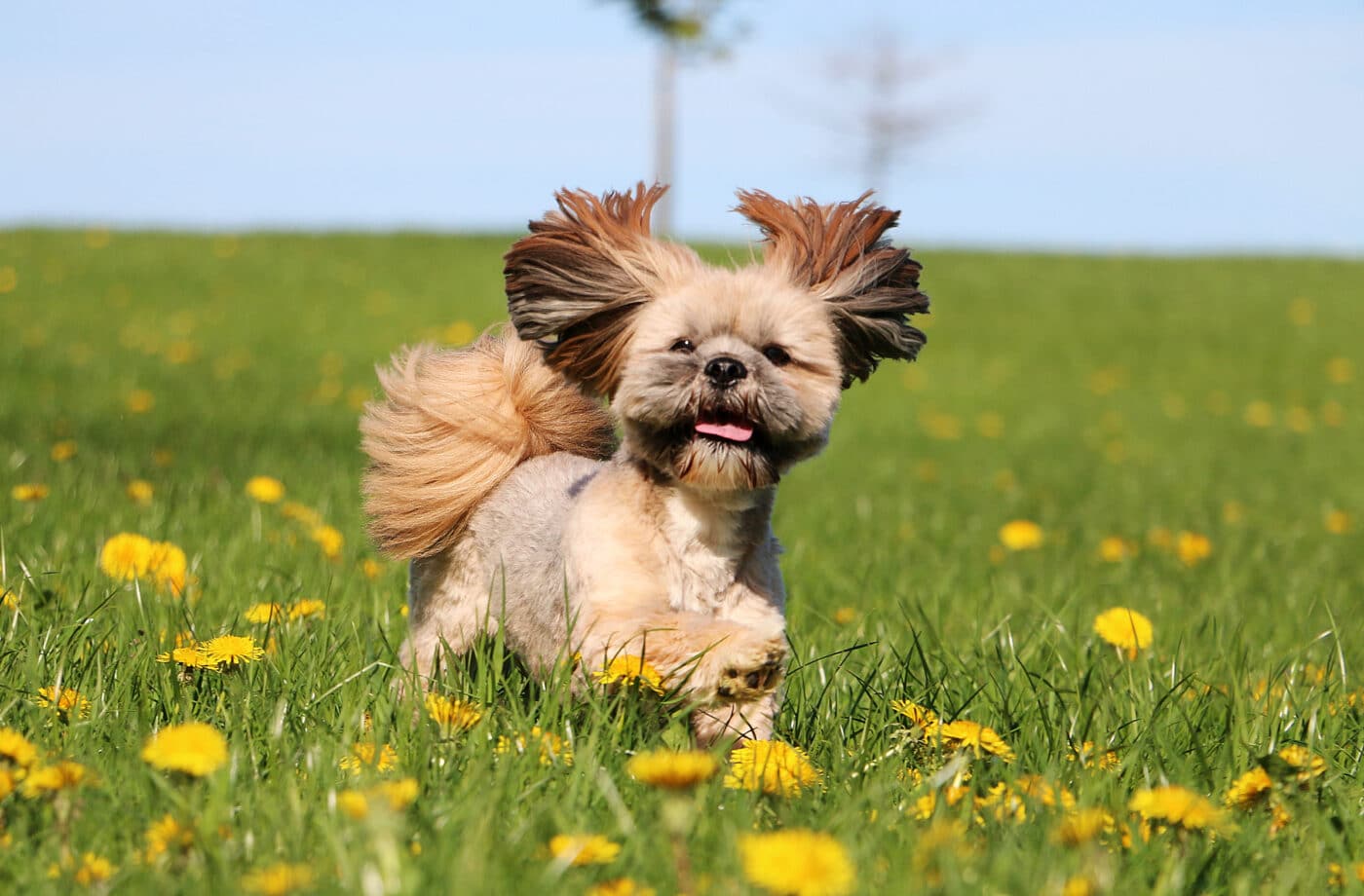 Shutterstock
Shutterstock
Originating from Tibet, the Lhasa Apso served as sentinel dogs in palaces and monasteries, where their job was to alert the nobles to intruders. But don’t let their watchdog history fool you—these pups were treated with immense respect and never sold, only gifted as sacred tokens of favor. With their long, flowing coats and no-nonsense attitudes, Lhasas practically invented the “resting noble face.” You might think you adopted one, but really, they chose you—and they expect daily reverence in exchange for their majestic presence.
English Toy Spaniel
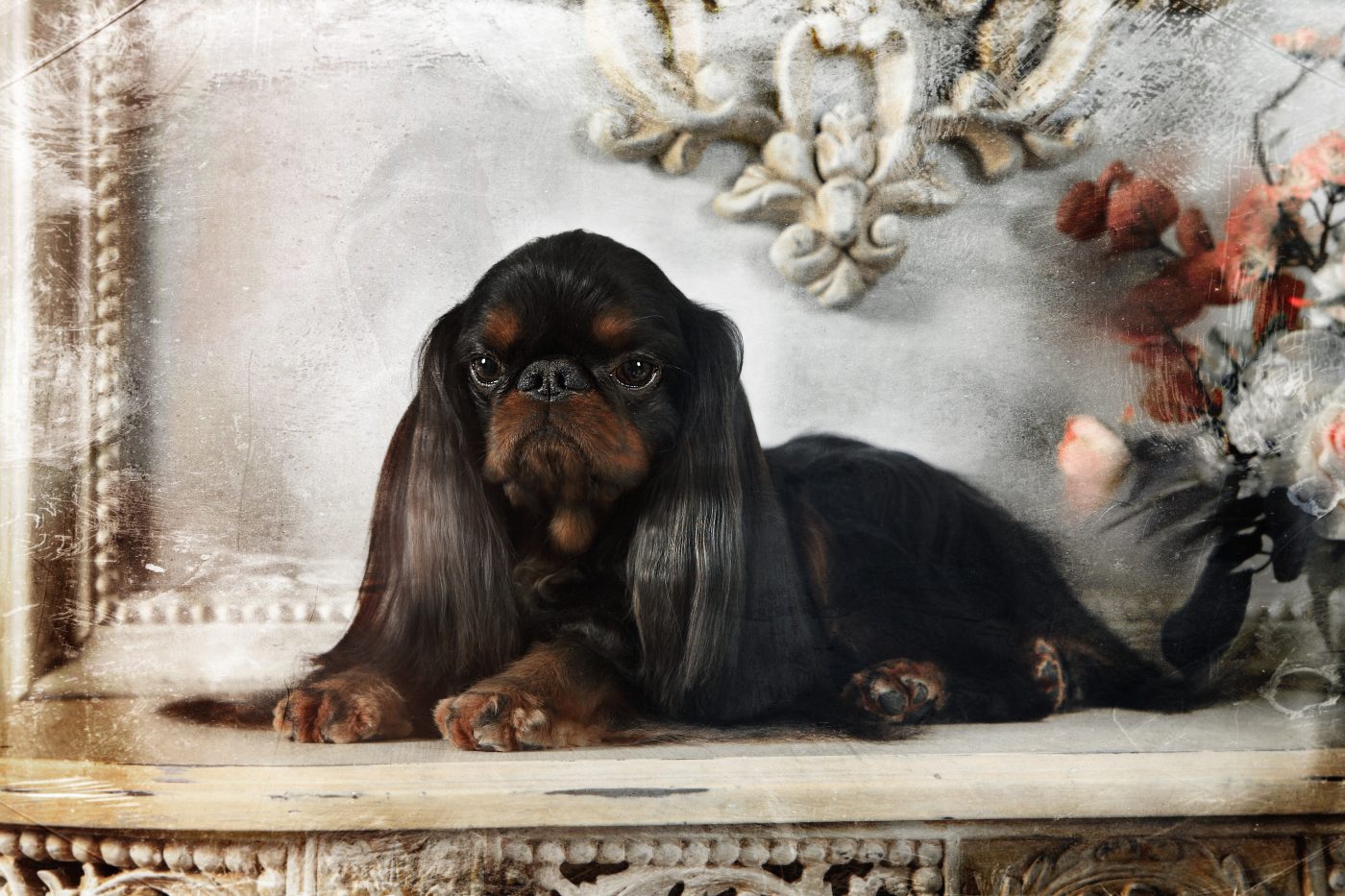 Shutterstock
Shutterstock
Frequently found nestled in the arms of English monarchs, especially the Tudors and Stuarts, the English Toy Spaniel was bred for indoor luxury. These dogs weren’t herding sheep or chasing foxes—they were busy looking adorable and offering moral support during tense political scandals. Their smooshed faces and gentle personalities made them perfect lap dogs for high society, especially during long, gossip-filled afternoons in the drawing room. If they had opposable thumbs, they’d be pouring the tea themselves.
Great Pyrenees
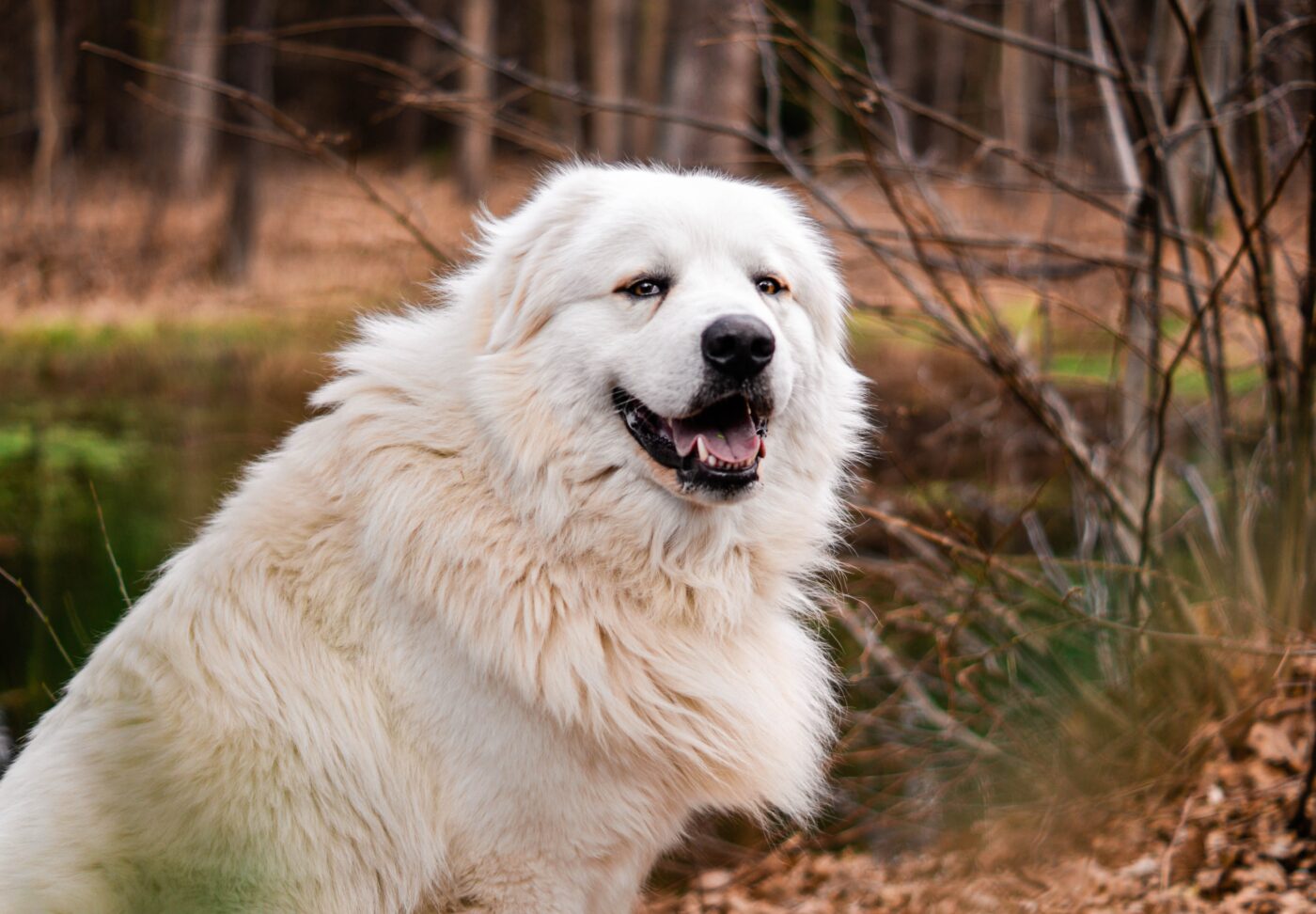 Shutterstock
Shutterstock
Majestic, fluffy, and surprisingly stoic, the Great Pyrenees have long been associated with French nobility. Originally bred to guard livestock in the Pyrenees Mountains, they eventually found themselves guarding royal estates and castles. Their white coats symbolized purity, and their calm demeanor made them beloved among French aristocrats. They might look like gentle giants, but make no mistake—they’ll protect their people (and probably their couch) with serious conviction. You don’t just pet a Great Pyrenees—you admire them from a respectful distance until they grant you an audience.
Shih Tzu
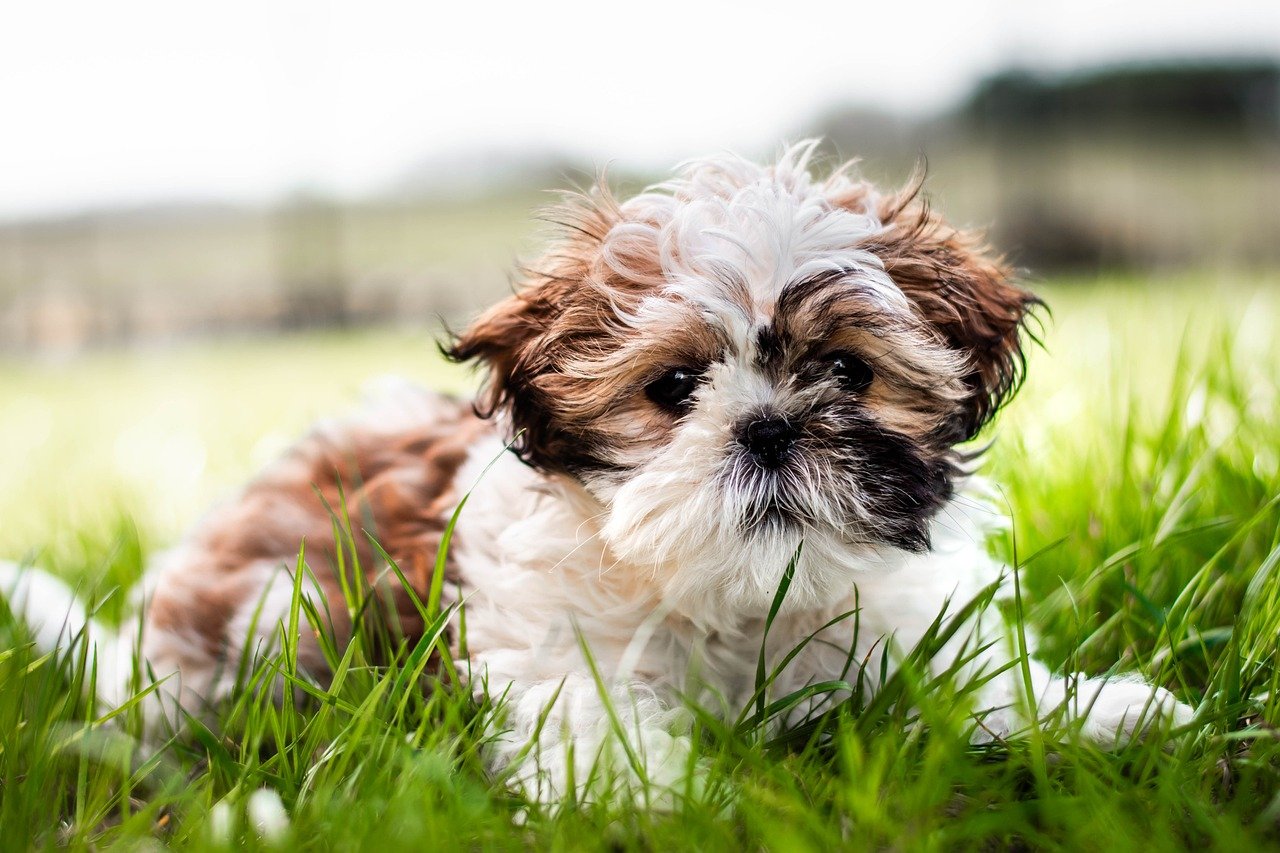 Shutterstock
Shutterstock
A name that means “lion dog,” the Shih Tzu was bred to resemble the lions seen in Chinese art and was an exclusive treasure of Chinese royalty. These dogs were bred to live entirely indoors—specifically in palaces—and were pampered like miniature emperors. Their flowing coats and expressive eyes made them favorites in the royal courts, where they’d lounge on silk cushions and expect to be hand-fed delicacies. The Shih Tzu hasn’t forgotten their royal roots; even today, they carry themselves like they’re waiting for someone to bring them a snack on a gold tray.
Scottish Deerhound
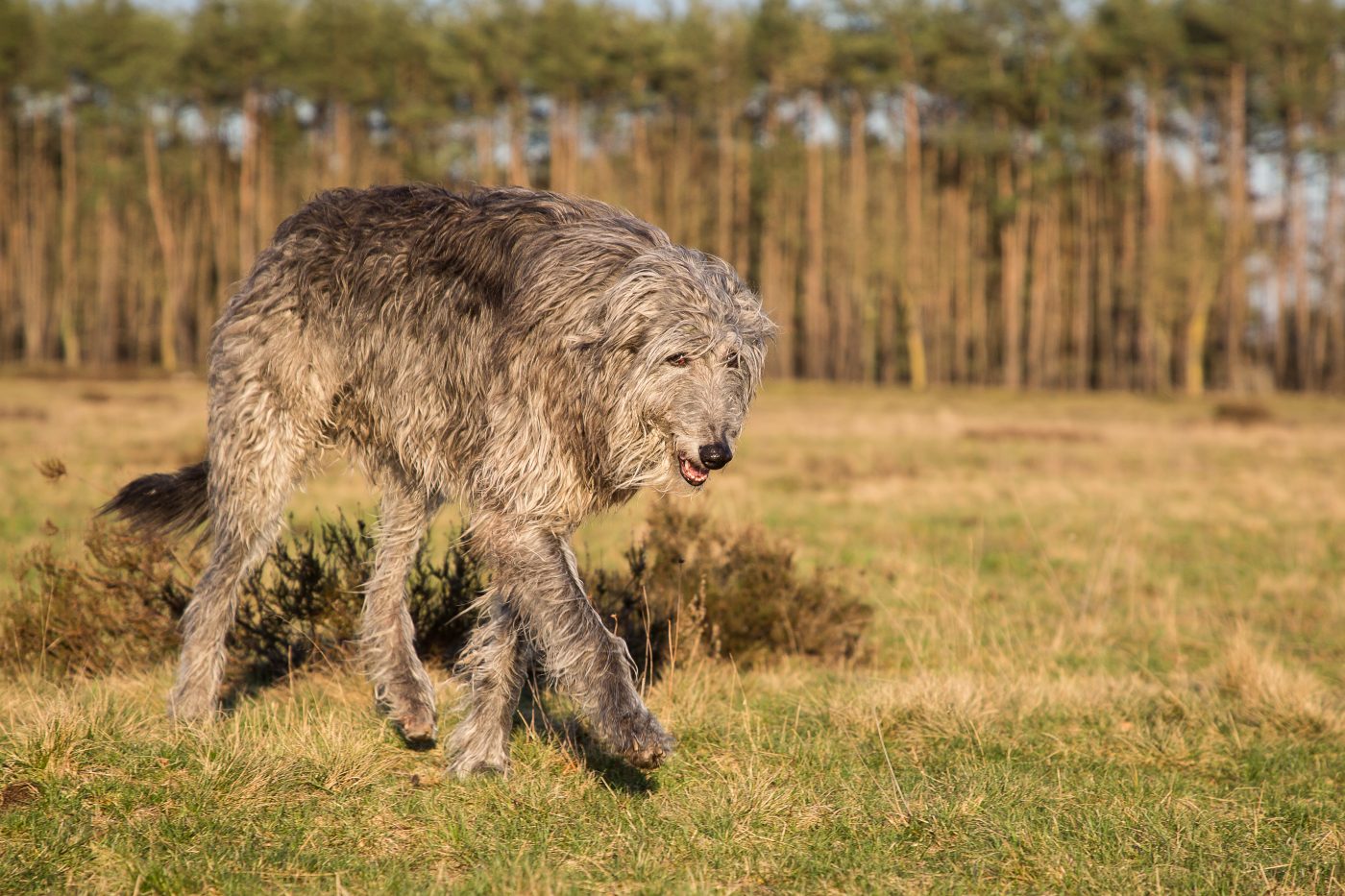 Shutterstock
Shutterstock
Tall, wiry, and profoundly noble in presence, the Scottish Deerhound was the go-to hunting dog for Scottish nobles. They were so revered that at one time, only those with a title could even own one. These dogs were used to hunt red deer across the highlands, but their true strength lay in their stately charm. Think of them as the Highland aristocrats of the dog world—quiet, powerful, and dressed in the canine version of a well-tailored kilt. Give them a fireside and a scenic view, and they’re living their best noble life.
The Real Aristocrats Had Paws And A Better Hair Routine Than You
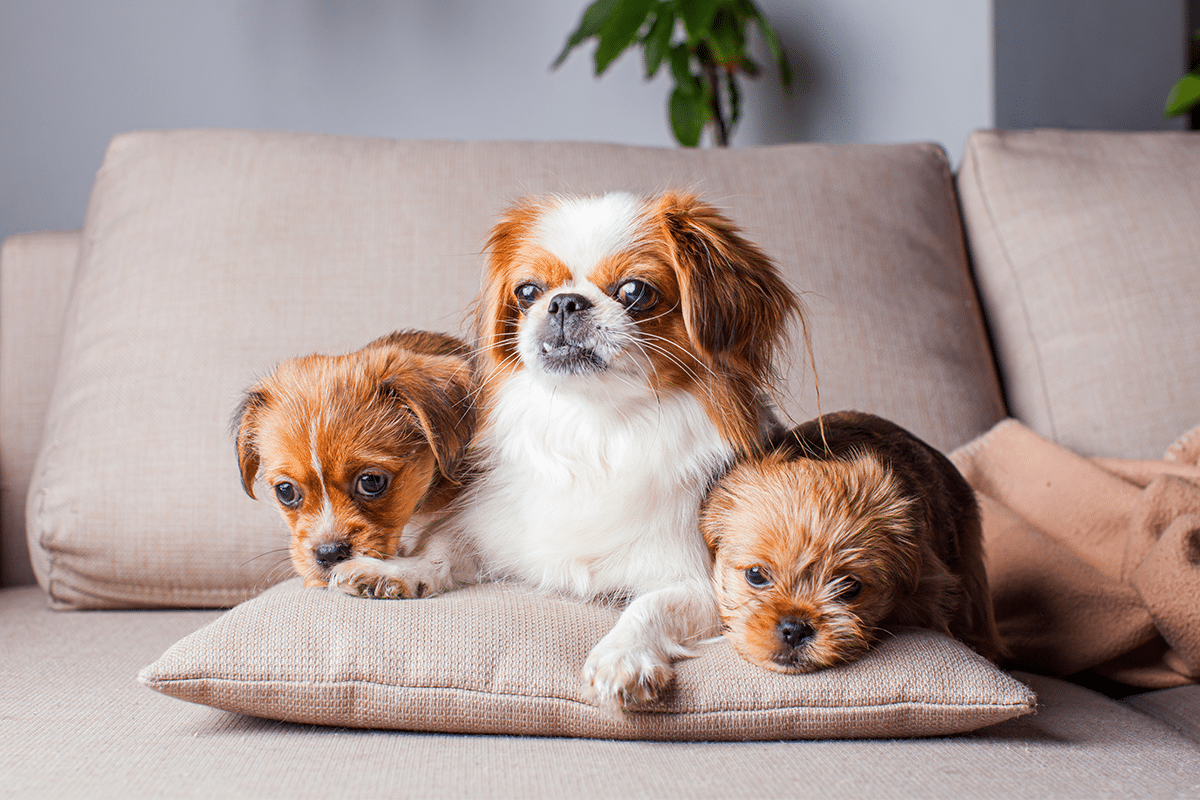 Shutterstock
Shutterstock
While royalty came and went—along with crowns, castles, and questionable royal decisions—these dogs remained the true icons of noble living. Draped in silk, perched on thrones (or pillows), and always photogenic, they were the original influencers of the elite. Passed down through dynasties like living heirlooms, they didn’t just watch history unfold—they side-eyed it, barked at it, and then napped through the boring parts. To this day, these pups still expect the royal treatment. And honestly, with resumes like theirs, who could blame them?

 1 month ago
15
1 month ago
15
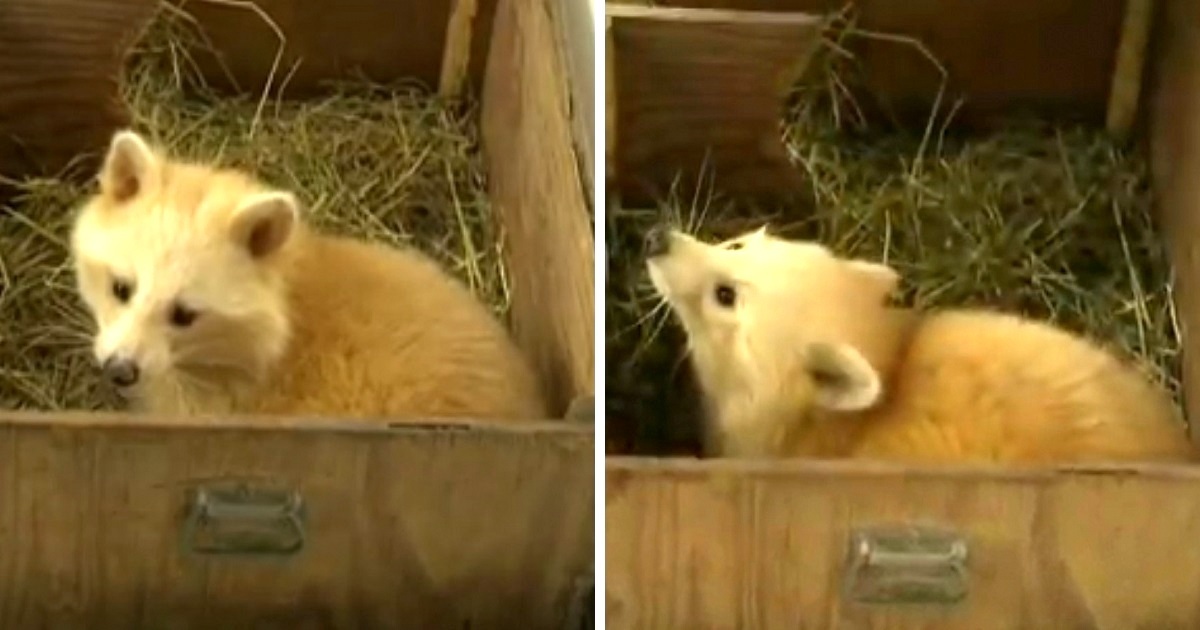












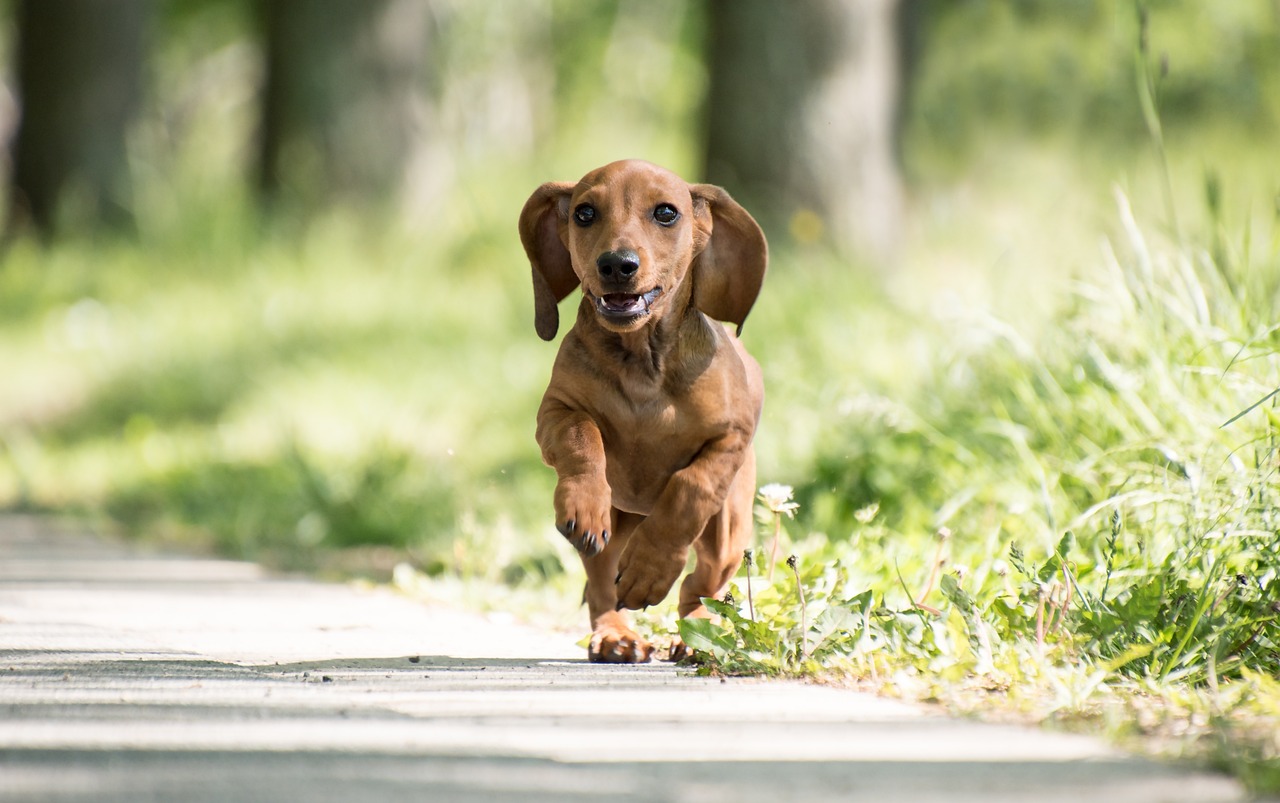

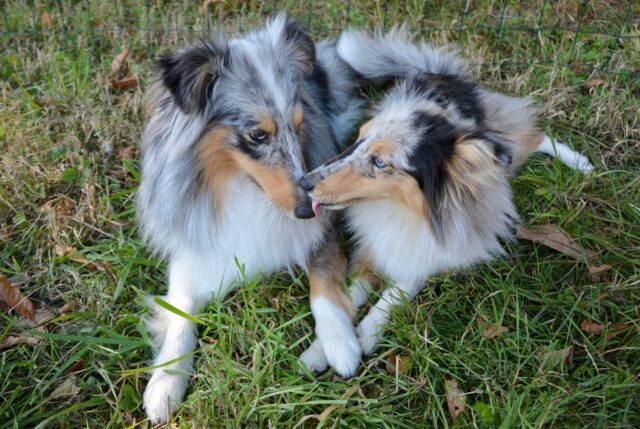


 English (US) ·
English (US) ·